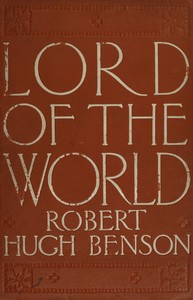Extollager
Well-Known Member
- Joined
- Aug 21, 2010
- Messages
- 9,051
I've been thinking about why I'm interested in this history of the writing of The Lord of the Rings where I wouldn't be very interested in a comparable history, if it were possible, of other favorite books.
Maybe one factor is that LotR, as it was published at last, changes. It really is a children's book and a sequel to The Hobbit at first, and that's all the more true of the early drafts that Christopher Tolkien is dealing with in the first 200 pages (or more -- I haven't read the whole Return of the Shadow). There was no Chapter 2 "Shadow of the Past" with Gandalf's exposition of the history of the Ring, his words about Sauron, etc. But, though even in its published form it starts as a children's book, LotR becomes a great romance. It's interesting to see how that development proceeded intermittently as Tolkien wrote.
Another factor is that LotR is a book, whatever else it may be, about walking, so in reading the earlier drafts, one revisits imaginary terrain, as if one were talking again a favorite walk, hike, or walking tour. This affords a satisfaction that one wouldn't have if, having read a novel about office politics etc. (Iris Murdoch's A Word Child?), one were to read early drafts of the same novel.
And one gets close to Tolkien. One gets some sense of his commitment to this literary creation that he seems often more to be learning about than inventing.
Maybe one factor is that LotR, as it was published at last, changes. It really is a children's book and a sequel to The Hobbit at first, and that's all the more true of the early drafts that Christopher Tolkien is dealing with in the first 200 pages (or more -- I haven't read the whole Return of the Shadow). There was no Chapter 2 "Shadow of the Past" with Gandalf's exposition of the history of the Ring, his words about Sauron, etc. But, though even in its published form it starts as a children's book, LotR becomes a great romance. It's interesting to see how that development proceeded intermittently as Tolkien wrote.
Another factor is that LotR is a book, whatever else it may be, about walking, so in reading the earlier drafts, one revisits imaginary terrain, as if one were talking again a favorite walk, hike, or walking tour. This affords a satisfaction that one wouldn't have if, having read a novel about office politics etc. (Iris Murdoch's A Word Child?), one were to read early drafts of the same novel.
And one gets close to Tolkien. One gets some sense of his commitment to this literary creation that he seems often more to be learning about than inventing.



